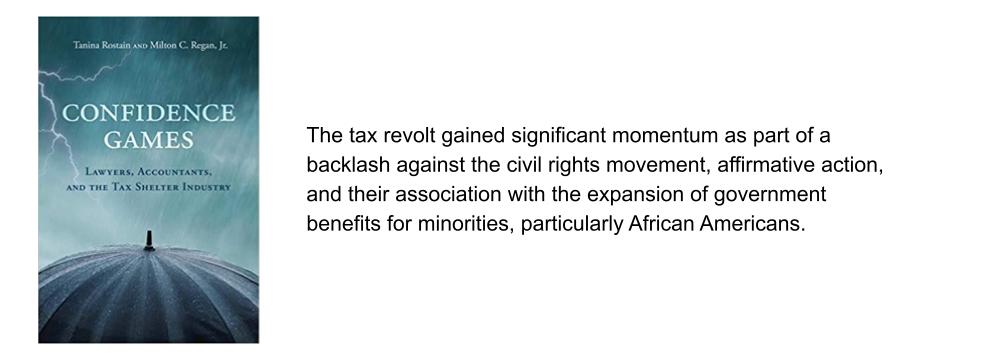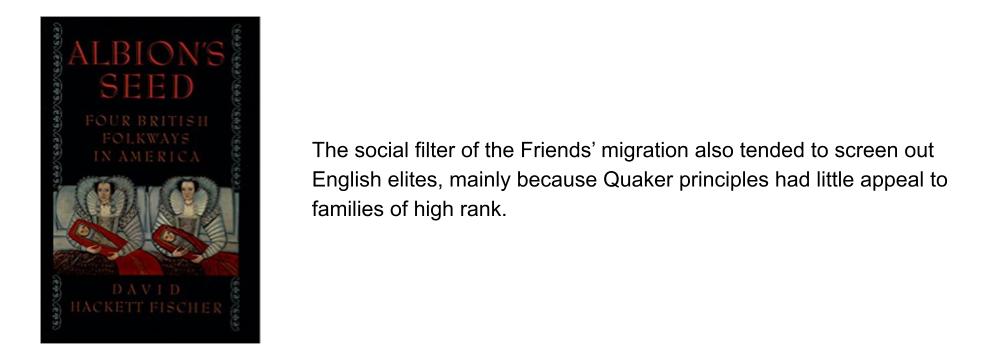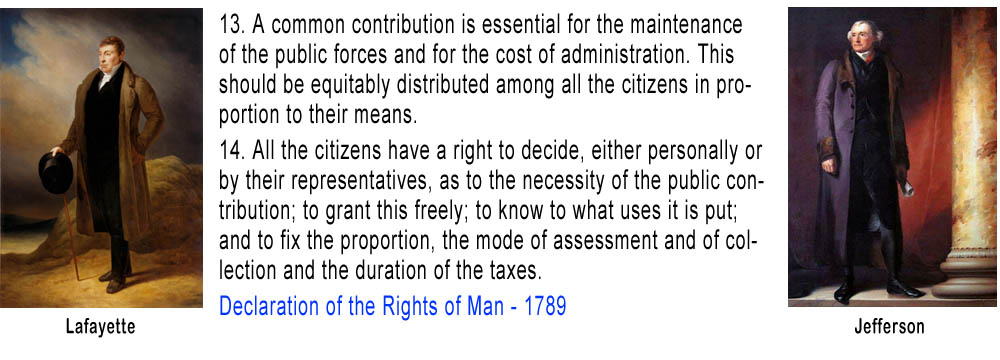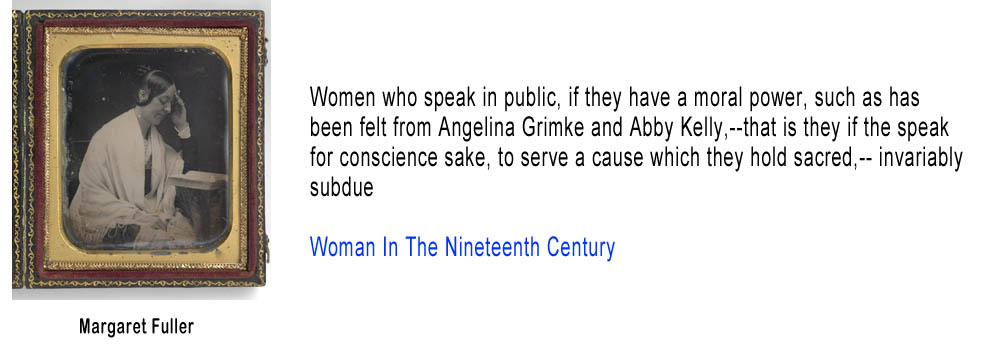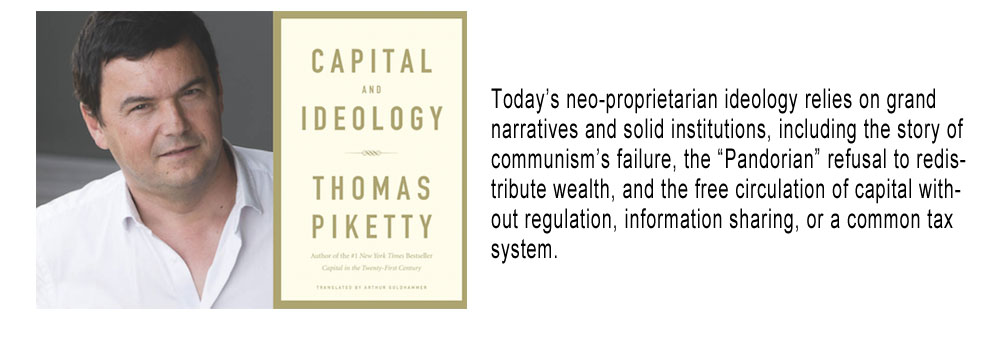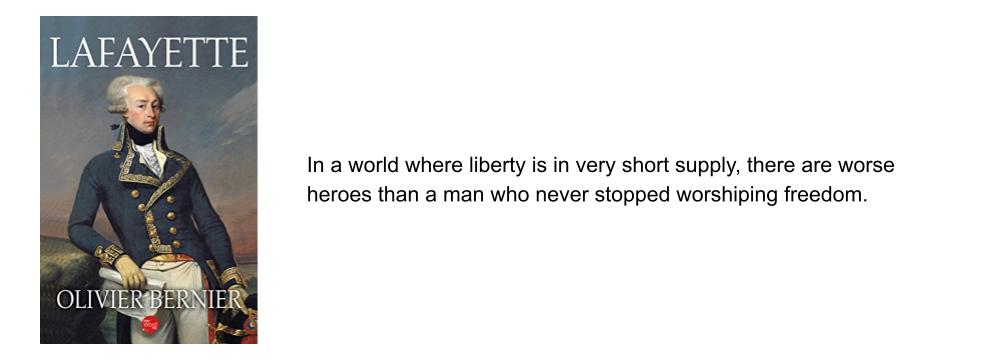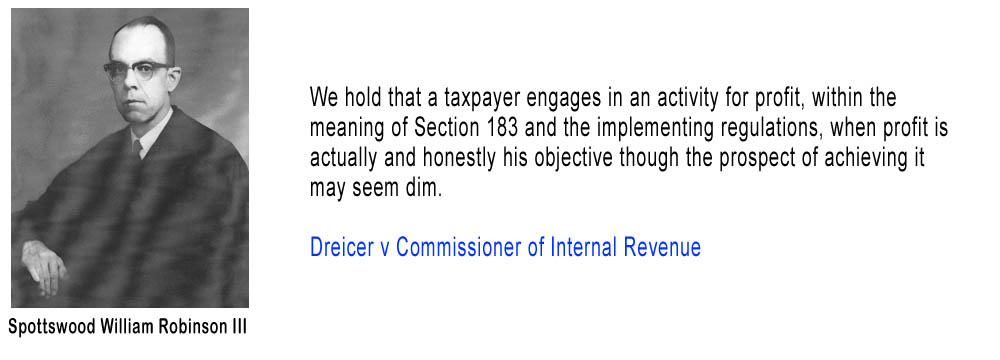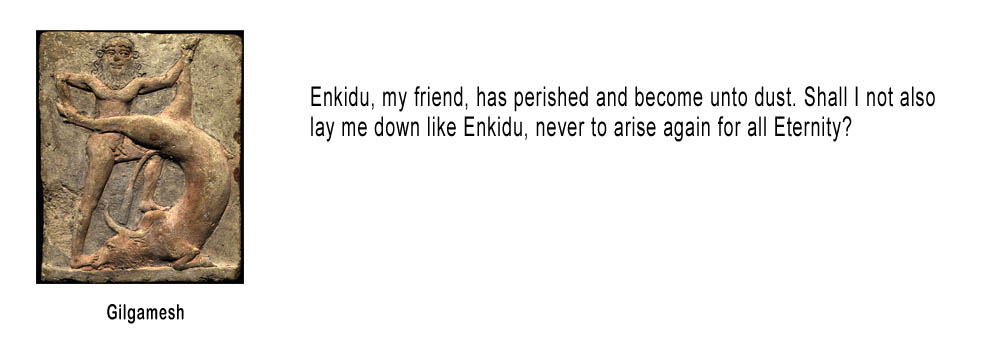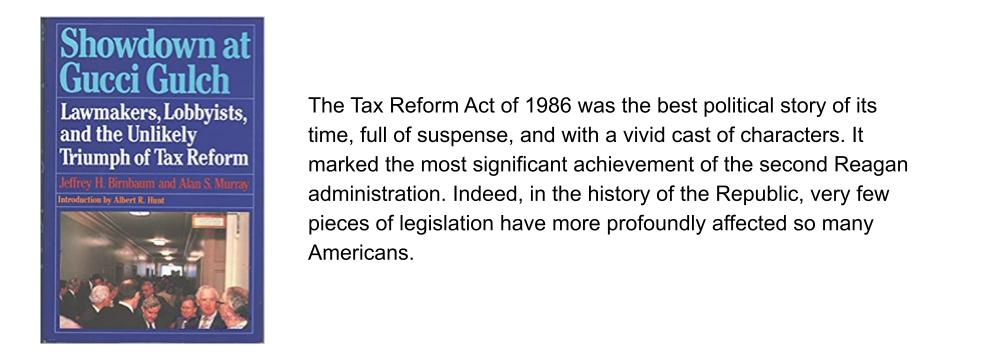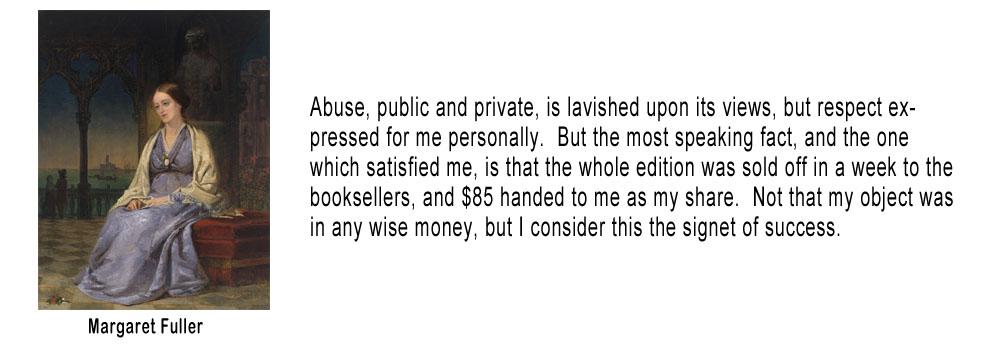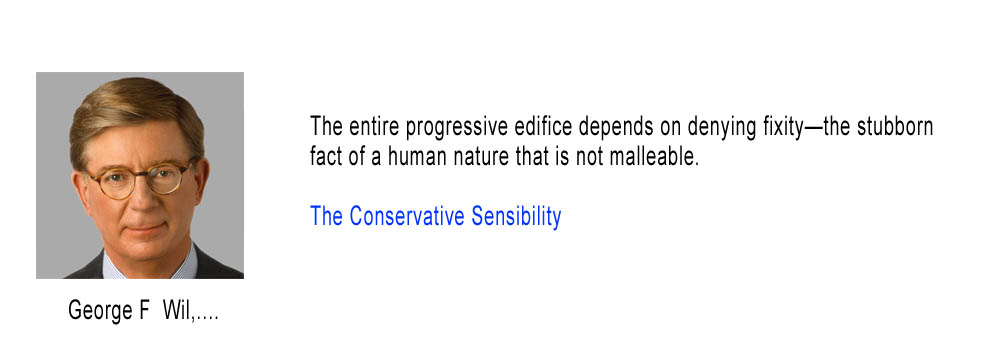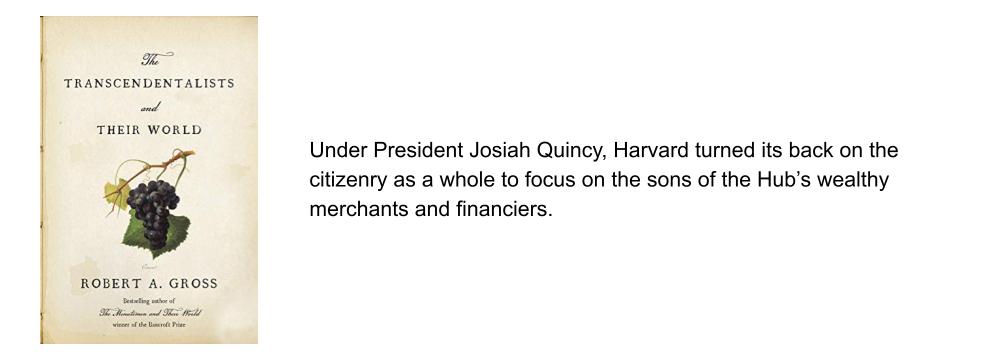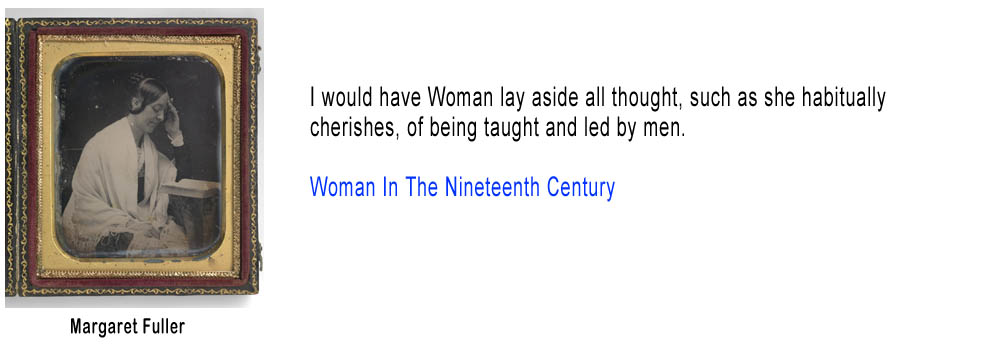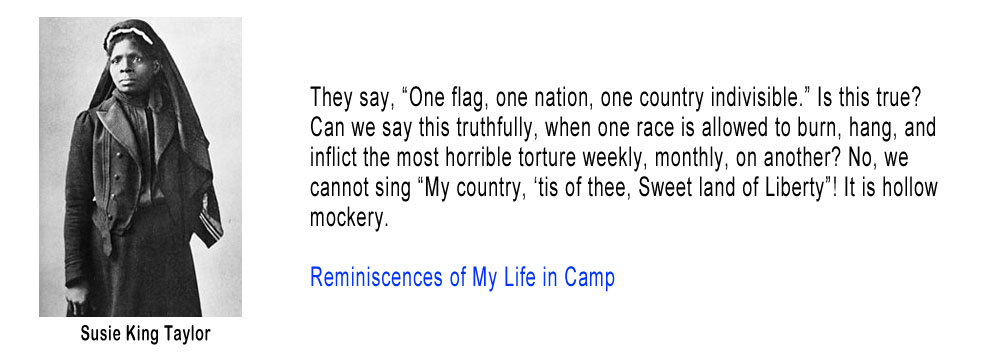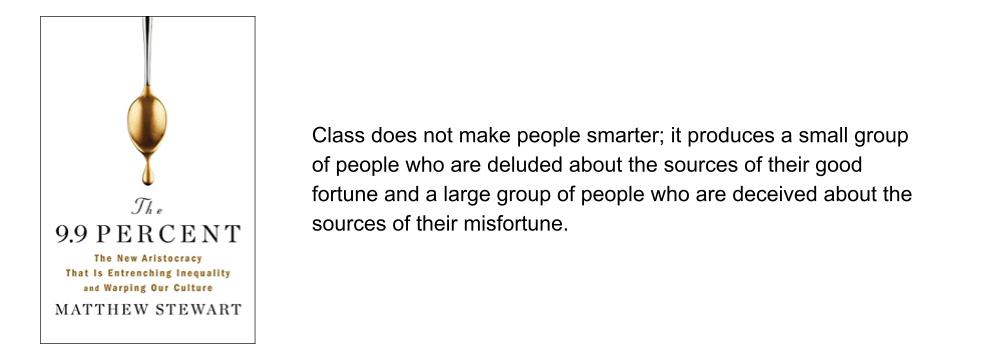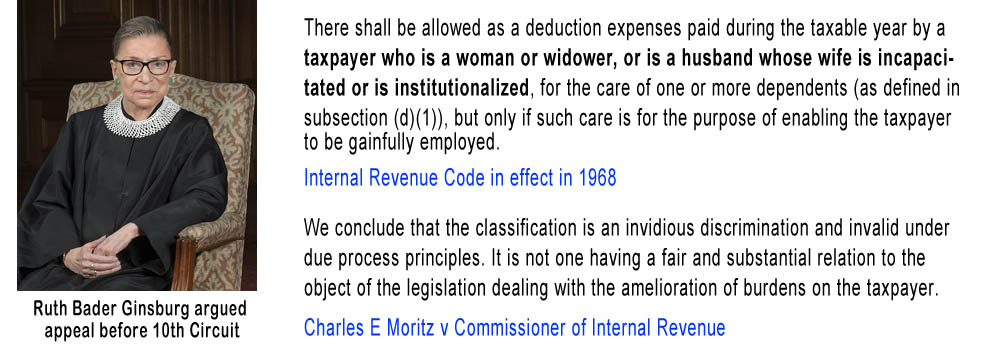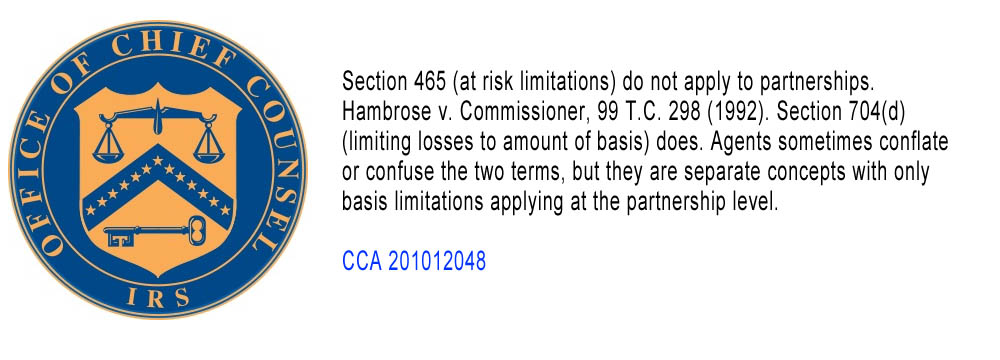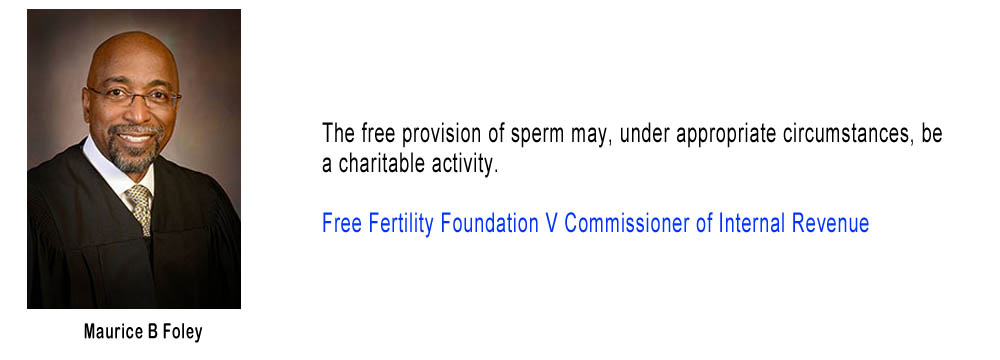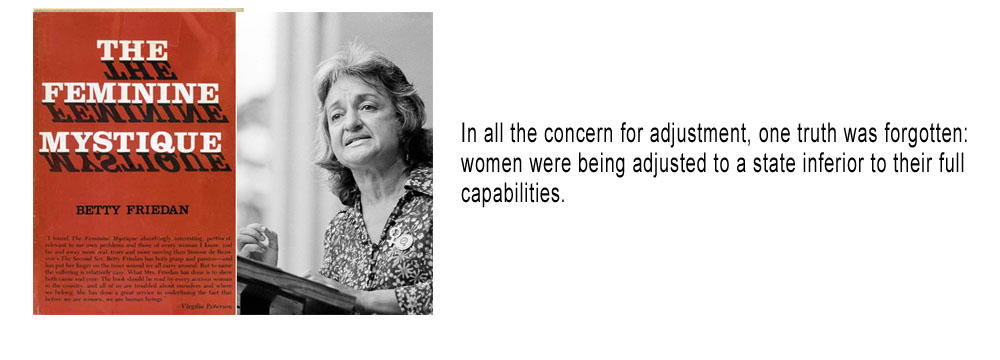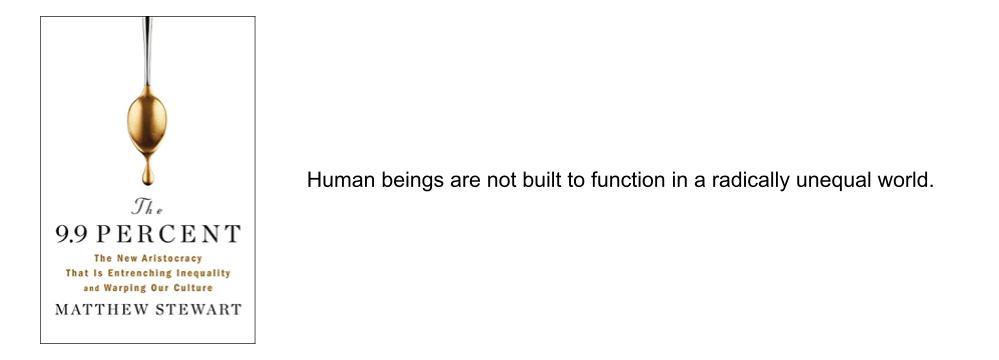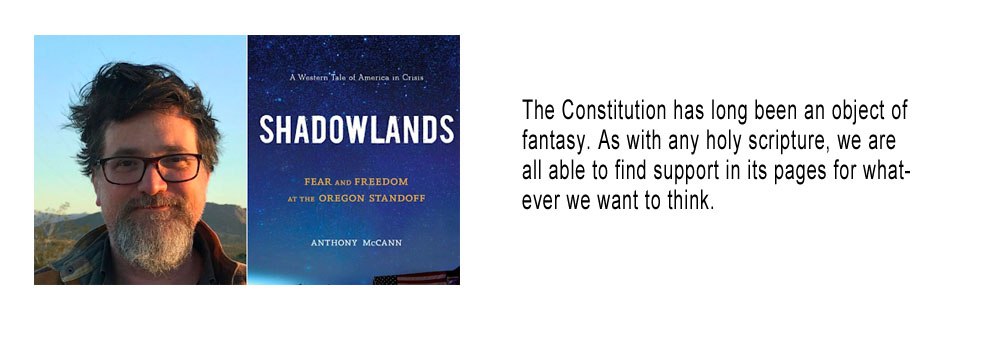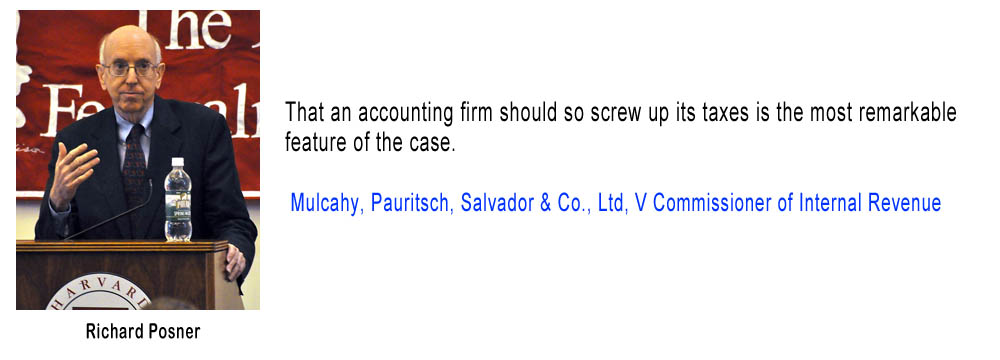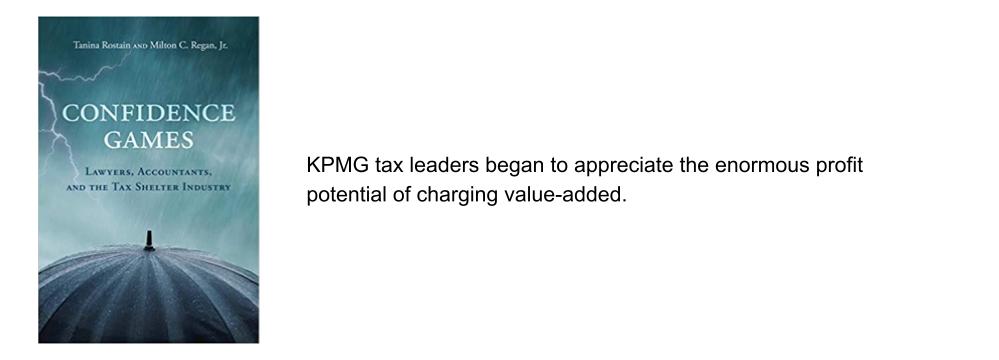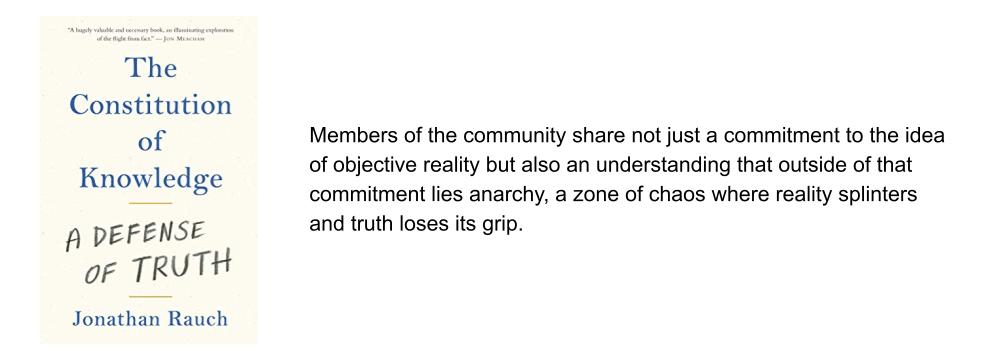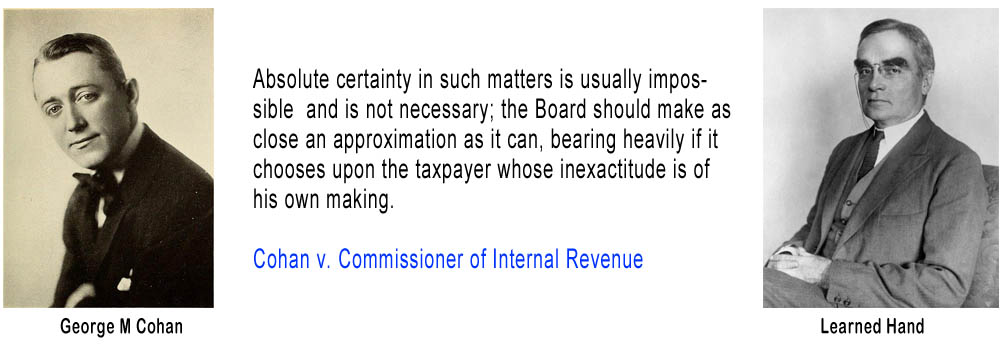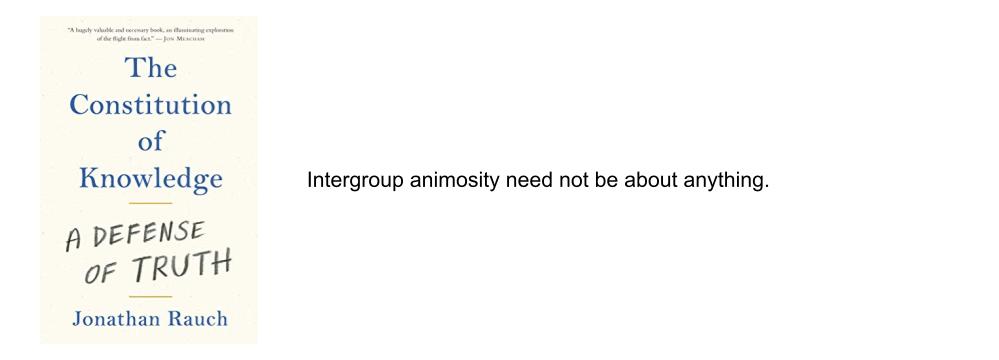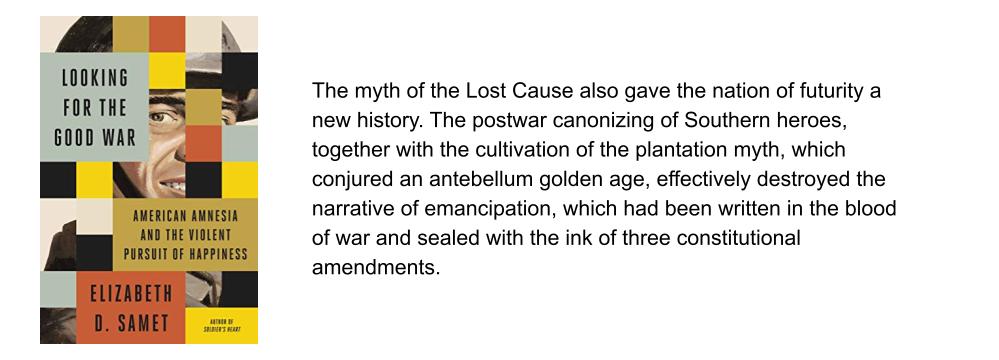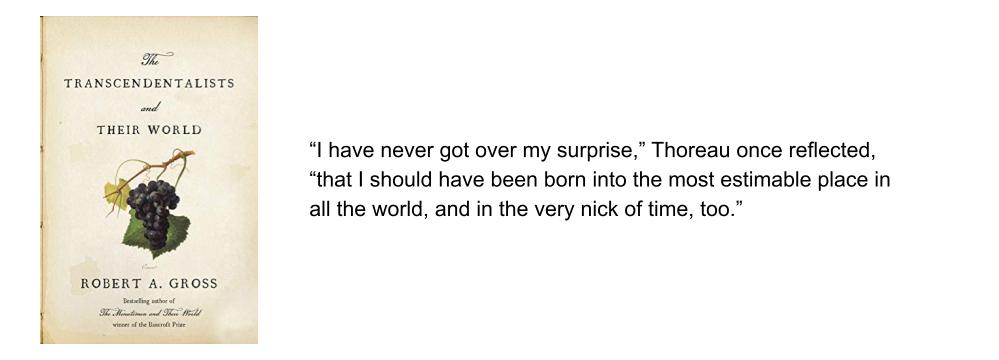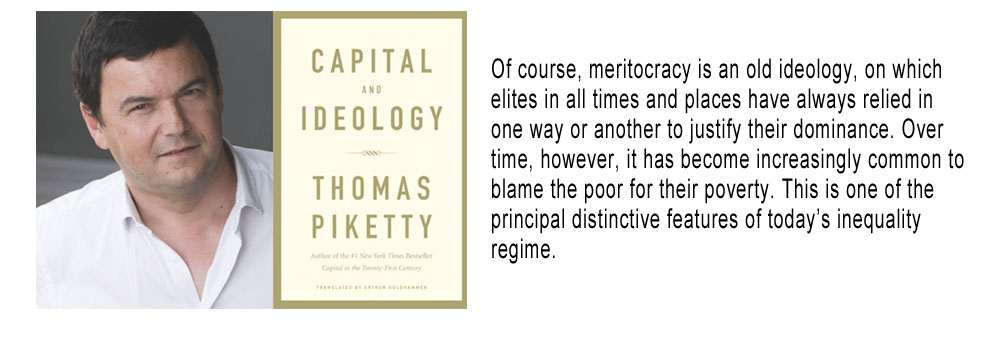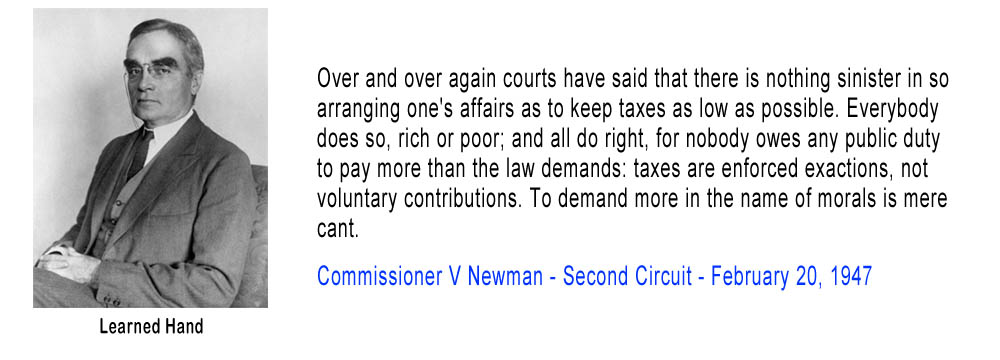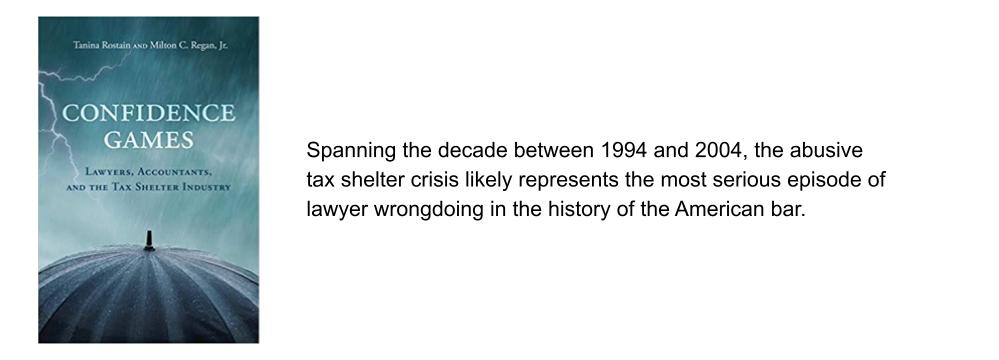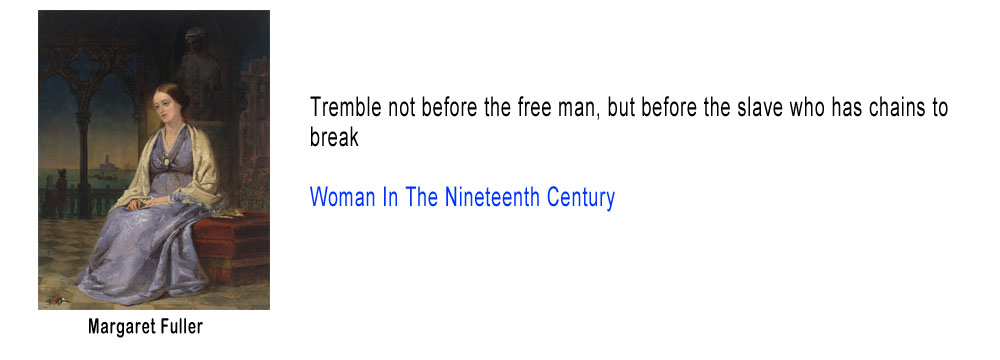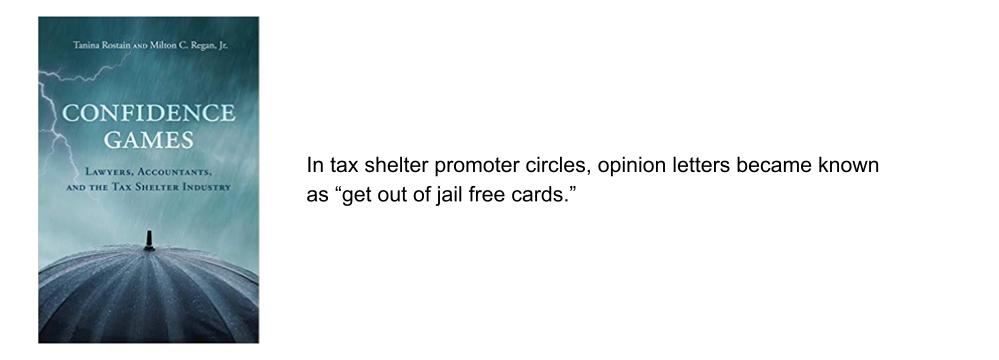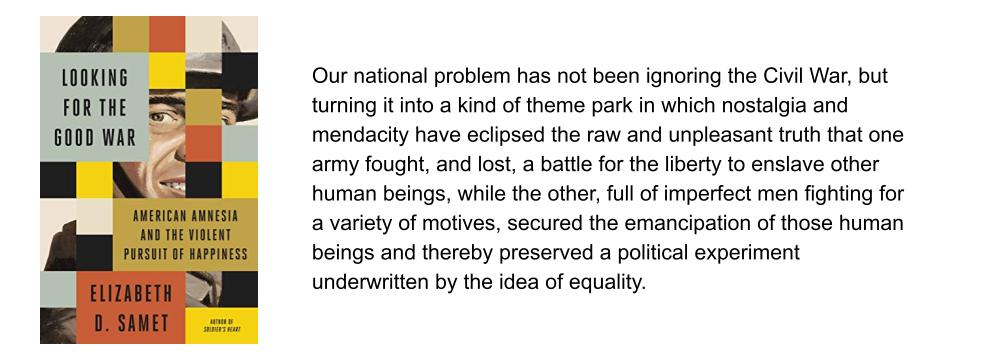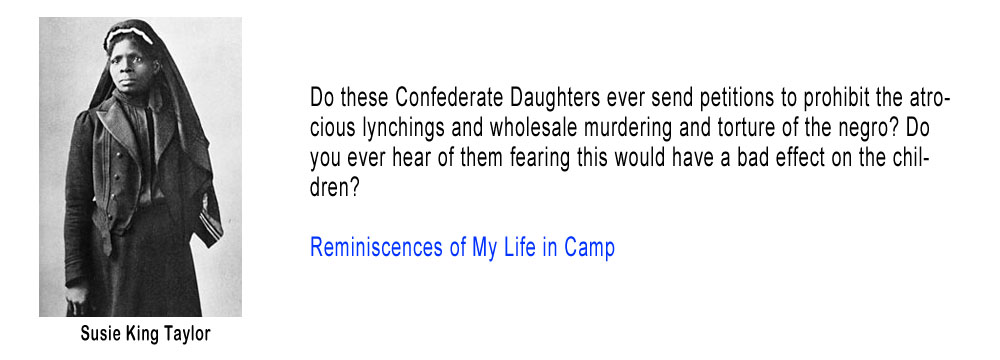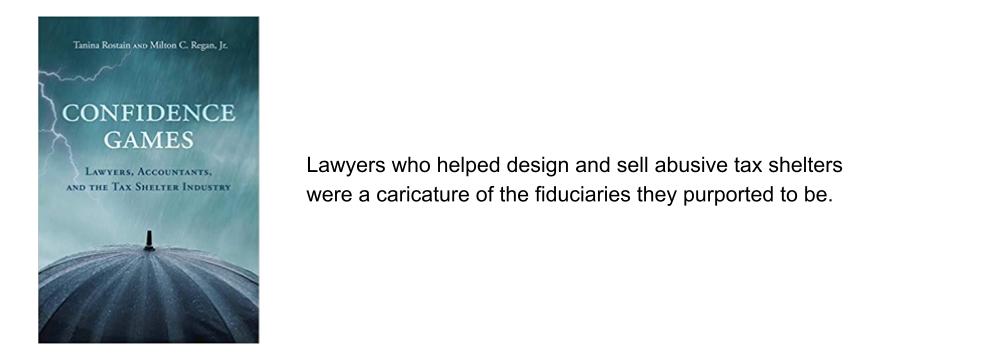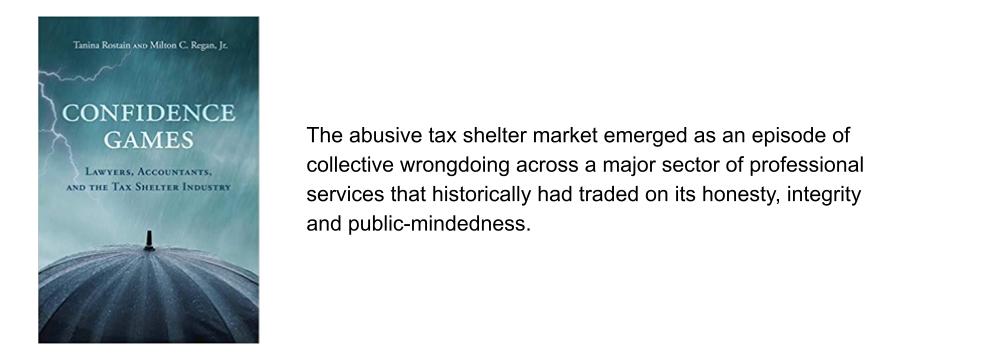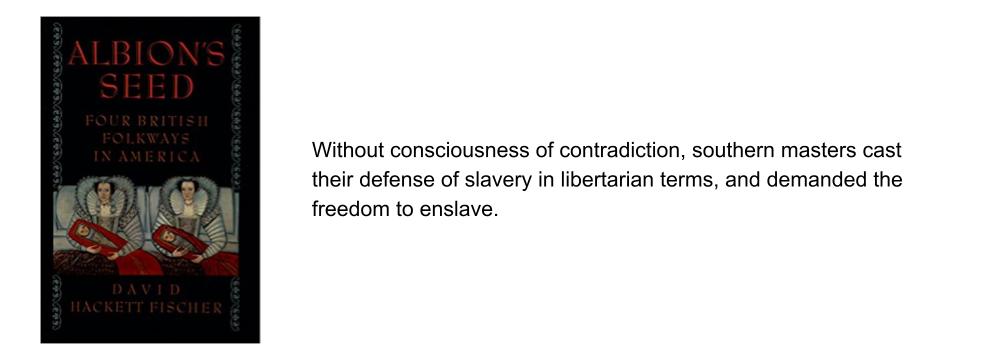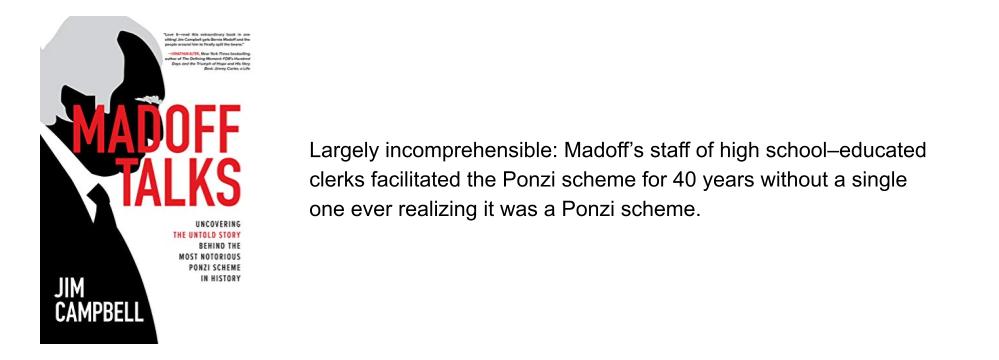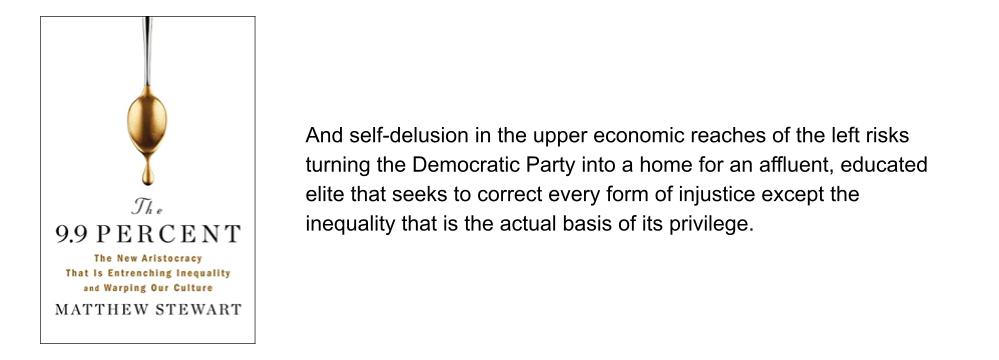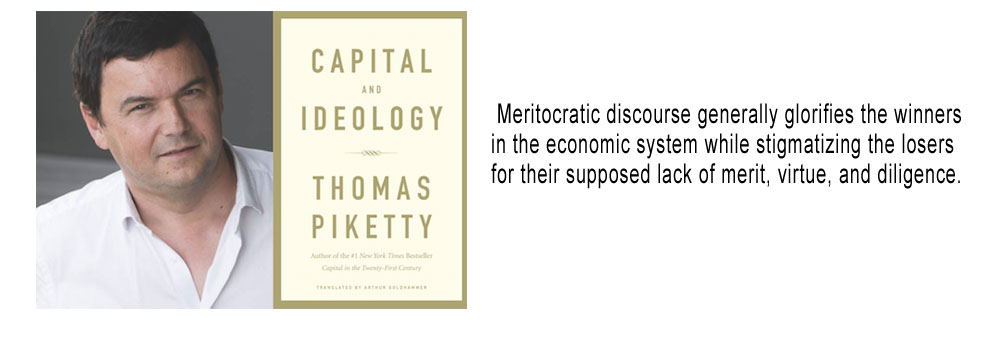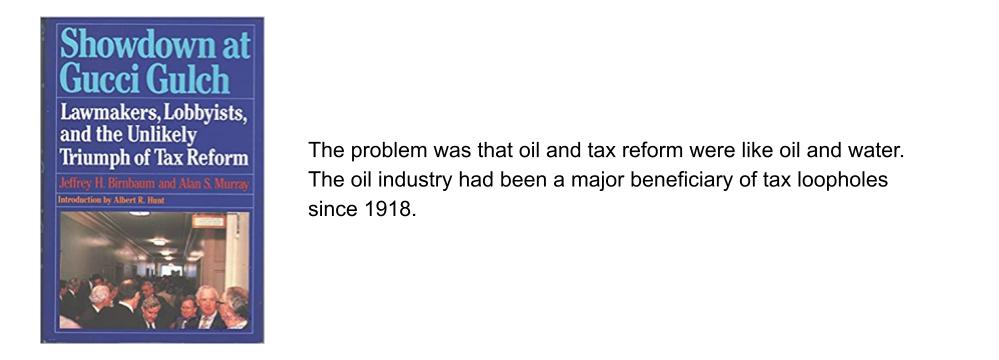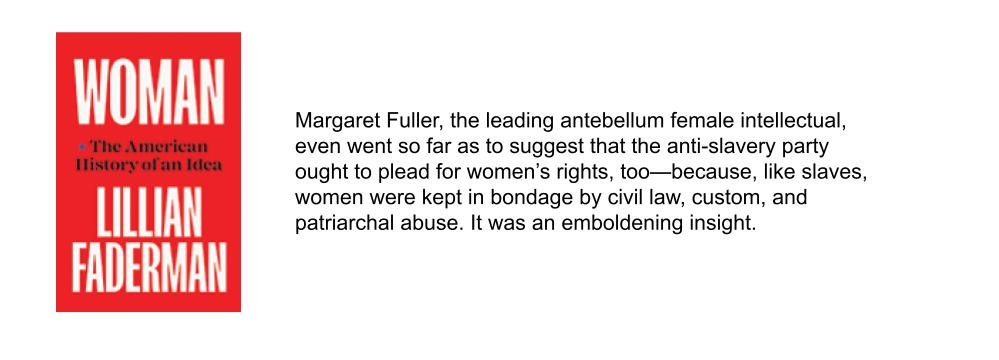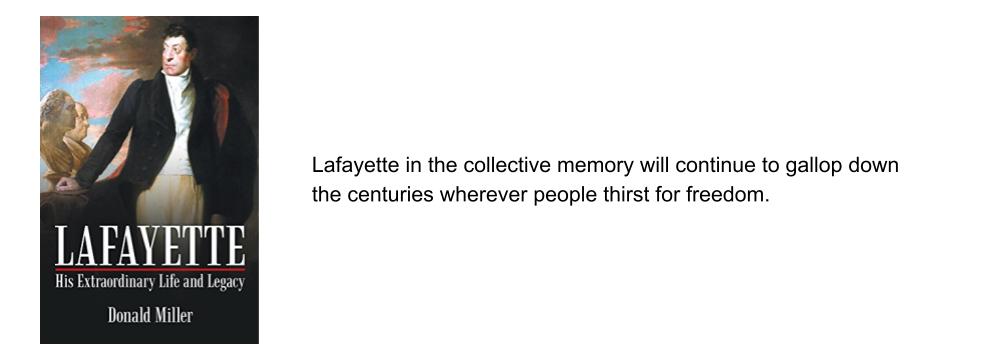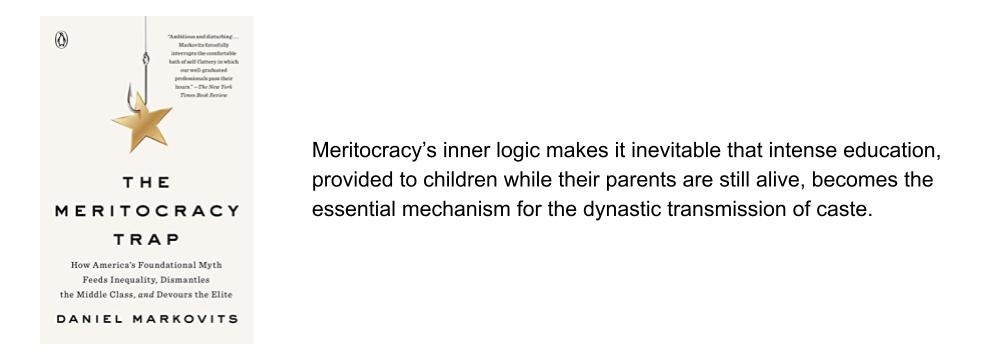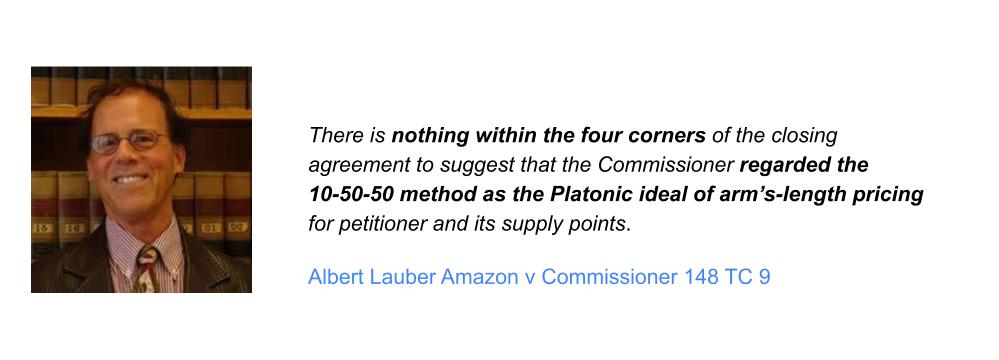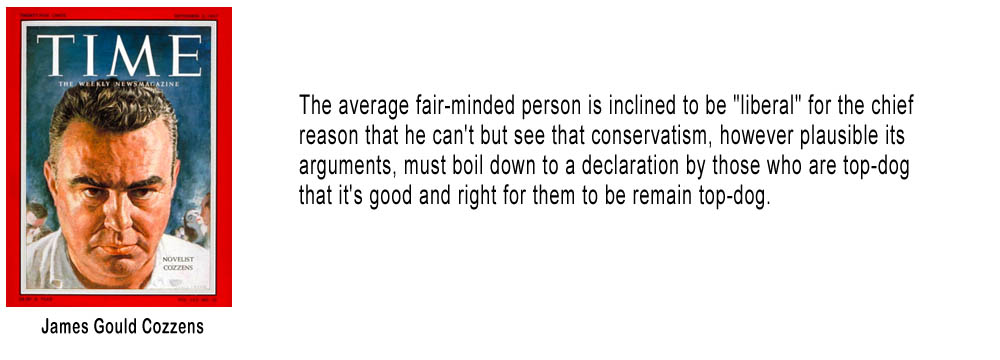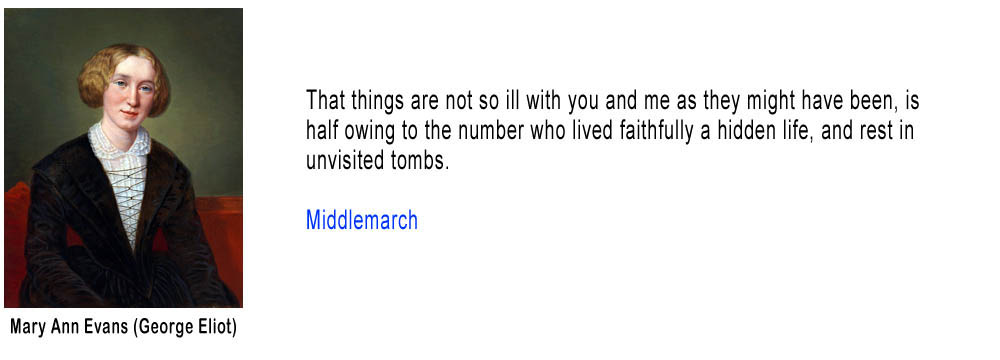It always bums me out when the Tax Court makes a decision that is clearly correct, but totally unfair. Charles Hartley was in front of a Tax Court judge, because the IRS had penalized him for doing what another judge, a family court judge, told him he had to do. He had to withdraw $52,684.11 from his qualified plan and give it his ex-spouse as alimony. The IRS sent him a statutory notice of deficiency in the amount of $2,968. A statutory notice of deficiency is also called a “90 day letter” because it gives you 90 days to appeal to the Tax Court.
To add insult to injury, the IRS did something that is very unusual. They amended the notice of deficiency to $5,268. It seems punitive and it is unusual, but it was actually just the correction of an obvious error. The early withdrawal penalty is 10%. How they got it wrong in the first place is a little mysterious. How hard is it to figure out 10% ? Stuff happens.
There is a way to have a penalty free withdrawal from a qualified plan in divorce situations. It is called a Qualified Domestic Relations Order.
To qualify for the section 72(t)(2)(C) exception the distribution must be made by the plan administrator to an alternate payee in response to a qualified domestic relations order (QDRO). Bougas v. Commissioner, T.C. Memo. 2003-194, 2003 Tax Ct. Memo LEXIS 194, at *6. Section 414(p)(8) defines “alternate payee” as “any spouse, former spouse, child or other dependent of a participant who is recognized by a domestic relations order as having a right to receive all, or a portion of, the benefits payable under a plan with respect to such participant.” A QDRO was never prepared with respect to petitioner’s qualified retirement plans. Furthermore, the distributions were made to petitioner and not to an alternate payee. As a result, the distributions do not satisfy the QDRO exception of section 72(t)(2)(C).
Why wasn’t the transaction handled by a QDRO ? I have written quite a bit about the apparent lack of tax literacy of some divorce attorneys. They all seem to know what a QDRO is though and you would expect a family law judge to know also. One possibility is that the agreement was for non-deductible alimony and having the payment funded by a QDRO would shift the incidence of taxation to the ex-spouse. Given his appeal to Tax Court, it does seem that Mr. Hartley was blindsided by the penalty.
Robert Baty, a retired IRS appeals officer, pointed this case out to me. What he found most interesting was the amending of the deficiency to correct an error. He indicated that, in his experience, government lawyers are very resistant about that. It makes it look like Mr. Hartley was being punished for going to Tax Court. There is a sense in which it worked out that way, but the original assessment seems like just a blunder. Anybody who can figure out why it was off by exactly $2,300 will have my undying admiration.
When I compile my list of unfair tax decisions for the year, this one will be on it. The Tax Court is clearly right. It is what it is, but you should not get a penalty from one branch of government for doing what another branch tells you to do.
You can follow me on twitter @peterreillycpa.
In an earlier version of this article I misstated the facts to indicate that the withdrawal had been from an IRA. QDROs do not apply to IRAs, although I found commentary to the effect that they are sometimes requested by plan administrators regardless. IRAs can be divided as part of a property settlement without a QDRO. I appreciate Rosemarie Moeller for clarifying this point.
Originally published on Forbes.com Nov 10th, 2012



